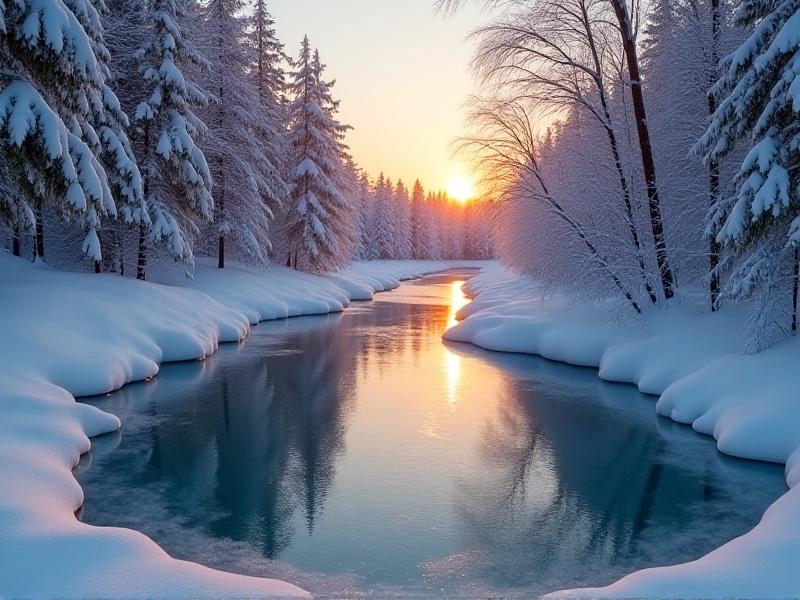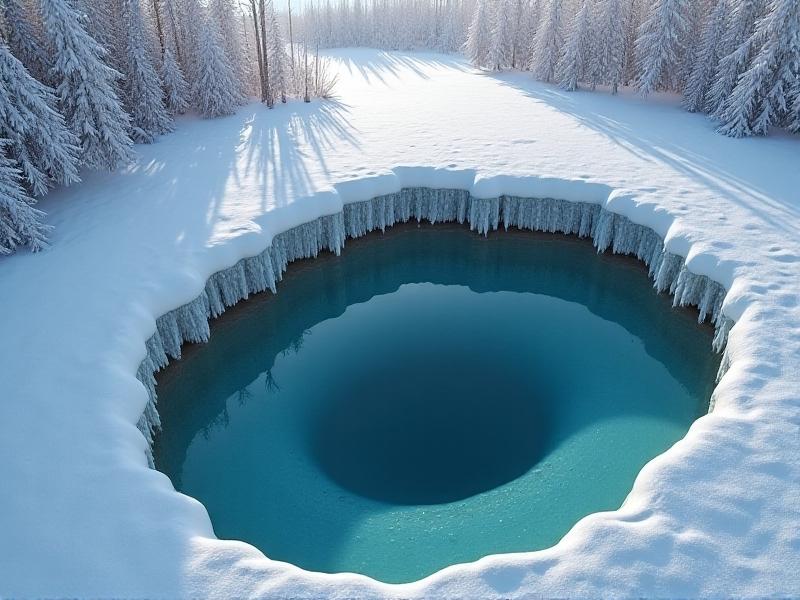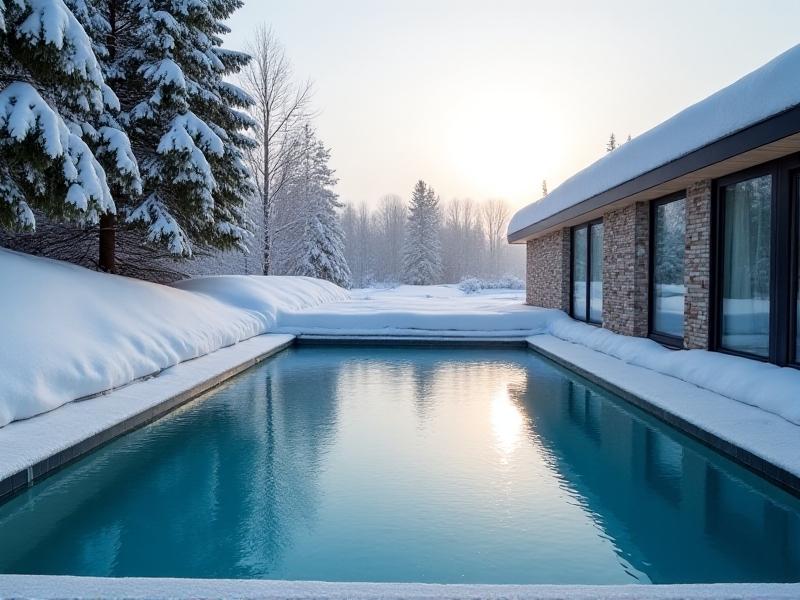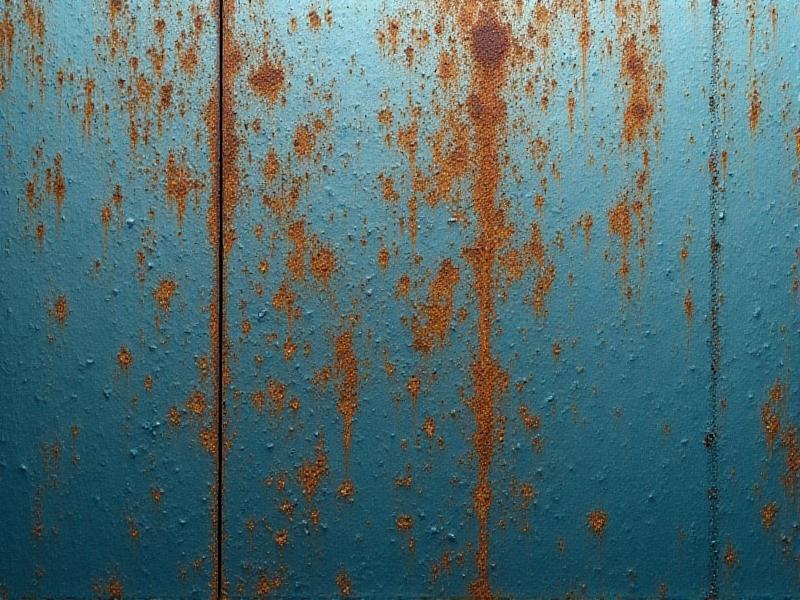Pool Depth Optimization for Freezing Episodes
Understanding Pool Depth and Its Role in Freezing Episodes
When it comes to maintaining a pool during freezing episodes, understanding the role of pool depth is crucial. The depth of a pool can significantly influence how it responds to cold temperatures, affecting everything from water circulation to the structural integrity of the pool itself. In regions where freezing temperatures are common, optimizing pool depth can prevent damage and ensure the pool remains functional throughout the winter months.
One of the primary concerns during freezing episodes is the formation of ice. Ice can exert immense pressure on the pool walls and plumbing, leading to cracks and leaks. A well-optimized pool depth can help mitigate this risk by ensuring that the water freezes in a controlled manner. For instance, deeper pools tend to freeze more slowly, giving the ice more time to form evenly and reducing the likelihood of sudden, damaging shifts.
Additionally, pool depth plays a role in water circulation. Proper circulation is essential for distributing heat evenly throughout the pool, which can help prevent localized freezing. In shallow pools, water may freeze more quickly, leading to uneven ice formation and potential damage. By optimizing the depth, pool owners can ensure that water circulates more effectively, reducing the risk of freezing-related issues.

The Science Behind Freezing and Pool Depth
To fully grasp the importance of pool depth optimization during freezing episodes, it's essential to delve into the science behind freezing. Water freezes at 32°F (0°C), but the rate at which it freezes can vary depending on several factors, including depth. Deeper bodies of water take longer to freeze because they have a greater volume of water that needs to reach the freezing point. This slower freezing process can be beneficial for pools, as it allows for more controlled ice formation.
Another scientific principle at play is the concept of thermal stratification. In deeper pools, water tends to stratify into layers of different temperatures. The surface layer, which is in direct contact with the cold air, will freeze first, while the deeper layers remain relatively warmer. This stratification can help protect the pool's structure by preventing the entire body of water from freezing simultaneously, which could exert excessive pressure on the pool walls.
Furthermore, the rate of heat loss from the pool's surface is influenced by depth. Shallow pools lose heat more quickly because there is less water to retain warmth. In contrast, deeper pools have a larger volume of water that can retain heat for longer periods, slowing down the freezing process. Understanding these scientific principles can help pool owners make informed decisions about optimizing their pool depth to withstand freezing episodes.

Practical Strategies for Optimizing Pool Depth
Optimizing pool depth for freezing episodes involves a combination of design considerations and practical strategies. One effective approach is to ensure that the pool has a sufficient depth to slow down the freezing process. For residential pools, a depth of at least 6 feet is generally recommended in colder climates. This depth allows for better thermal stratification and reduces the risk of rapid ice formation.
Another strategy is to incorporate a deep end and a shallow end in the pool design. The deep end can serve as a reservoir of warmer water during freezing episodes, while the shallow end allows for easier maintenance and cleaning. This design not only enhances the pool's functionality but also provides an added layer of protection against freezing-related damage.
In addition to design considerations, pool owners can take proactive measures to protect their pools during freezing episodes. For example, using a pool cover can help retain heat and reduce the rate of heat loss from the surface. Pool heaters can also be used to maintain a consistent water temperature, preventing the water from reaching the freezing point. By combining these strategies with an optimized pool depth, pool owners can significantly reduce the risk of damage during freezing episodes.

Case Studies: Successful Pool Depth Optimization in Cold Climates
Examining real-world examples can provide valuable insights into the benefits of pool depth optimization during freezing episodes. One notable case study involves a community pool in a northern U.S. state that experienced frequent freezing temperatures. The pool was originally designed with a uniform depth of 4 feet, which led to recurring issues with ice formation and structural damage during the winter months.
To address these issues, the pool was redesigned with a deeper end, increasing the overall depth to 8 feet. This modification allowed for better thermal stratification and slower ice formation. Additionally, a pool cover and heater were installed to further protect the pool during freezing episodes. As a result, the pool experienced significantly fewer issues with ice-related damage, and the overall maintenance costs were reduced.
Another case study involves a private residence in Canada, where the homeowner opted for a pool depth of 7 feet. The pool was equipped with a solar heating system to maintain a consistent water temperature during the winter. The combination of an optimized pool depth and solar heating proved highly effective in preventing freezing, even during prolonged cold spells. These case studies highlight the importance of considering pool depth and additional protective measures in cold climates.
Future Trends in Pool Design for Freezing Climates
As climate patterns continue to shift and freezing episodes become more unpredictable, the need for innovative pool designs that can withstand cold temperatures is becoming increasingly important. One emerging trend is the use of advanced materials that offer better insulation and durability in freezing conditions. For example, some pool manufacturers are experimenting with composite materials that can resist cracking and damage caused by ice formation.
Another trend is the integration of smart technology into pool systems. Smart pool heaters, for instance, can automatically adjust the water temperature based on weather conditions, ensuring that the pool remains at a safe temperature even during sudden cold snaps. Additionally, automated pool covers can be programmed to deploy when temperatures drop, providing an extra layer of protection against freezing.
Furthermore, there is a growing interest in eco-friendly pool designs that minimize energy consumption while still providing effective protection against freezing. Solar-powered pool heaters and geothermal heating systems are becoming popular options for pool owners in cold climates. These systems not only reduce the environmental impact but also offer long-term cost savings. As these trends continue to evolve, pool owners will have more options than ever to optimize their pool depth and design for freezing episodes.






